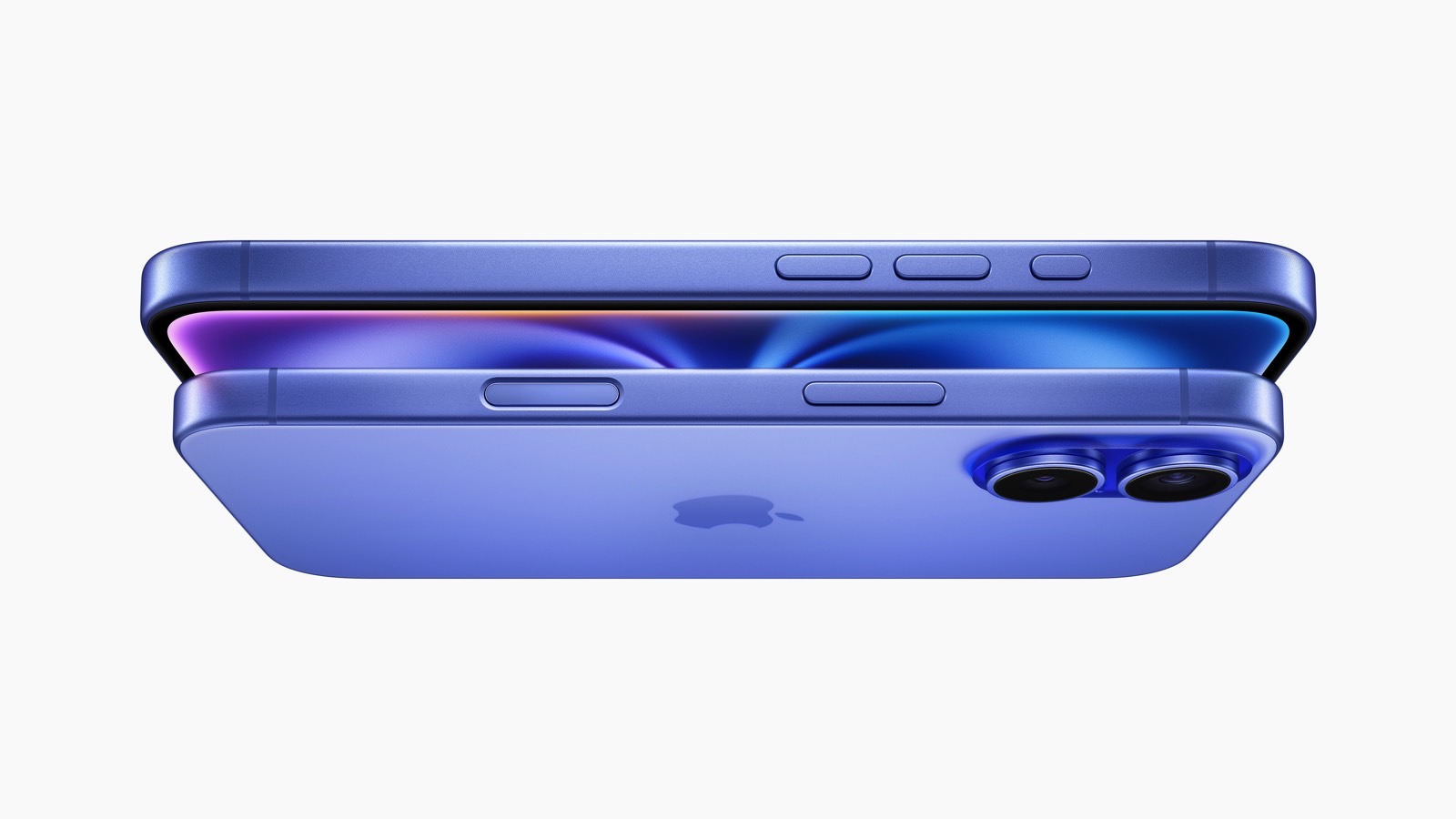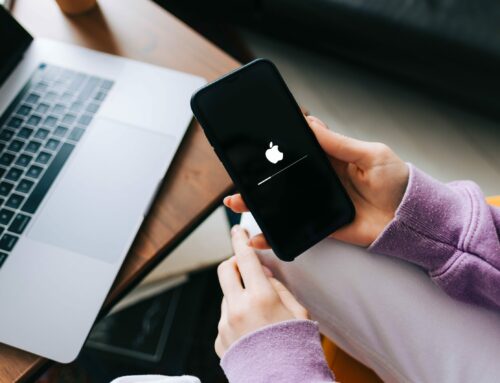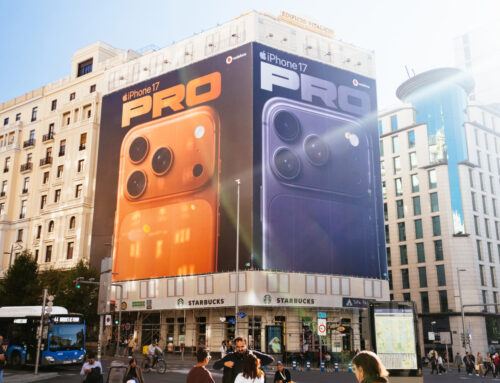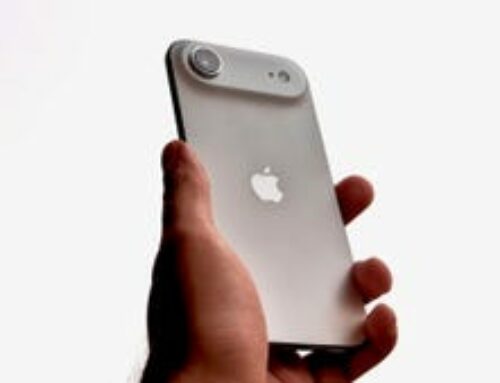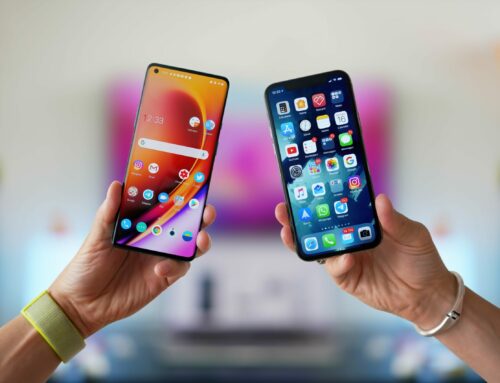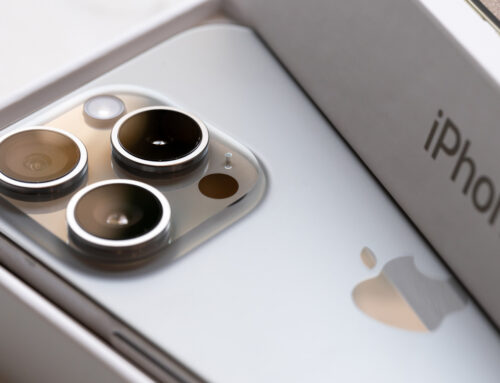If there’s one iPhone review I make sure not to miss every year, it’s Austin Mann’s. He’s a pro photographer, so his reviews focus on the camera features of Apple’s newest iPhones. The camera happens to be one of the main features of any smartphone, especially the iPhone. The iPhone 16 is no different.
Apple Intelligence is the main selling point of the iPhone 16 phones. But Apple brought several big upgrades to the camera experience. Chief among them is the new Camera Control button, which is one reason I want an iPhone 16.
A camera-centric hardware button would be tremendously helpful. I want to invoke the Camera app as fast as possible when shooting any kind of photo. I think the button would help me achieve that.
But you don’t have to listen to what I hope will happen once I get my hands on an iPhone 16. Austin Mann already used the iPhone 16 Pro models for his review. He found the Camera Control “to be the fastest way to launch the camera, whether it’s the native app or third-party apps.”
Tech. Entertainment. Science. Your inbox.
Sign up for the most interesting tech & entertainment news out there.
By signing up, I agree to the Terms of Use and have reviewed the Privacy Notice.
Mann further explained that the Camera Control button is mechanical. The click you feel is real; it’s not a Taptic Engine simulation. The button will work even if you use gloves or place a case on top of it. That means you’ll always be able to quickly access the camera and promptly take photos.
Mann says in the video at the end of this post that you can have the camera ready as you take the iPhone out of your pocket. That’s the usual argument in favor of having Touch ID on iPhone. You can unlock the phone while you take it out of your pocket. I made that connection as Camera Control made me think of Touch ID when I saw Apple explaining its technology. But Camera Control doesn’t have Touch ID powers.
Back to the actual experience of shooting on the iPhone 16, Mann says that “one of the iPhone camera’s greatest strengths is its speed and responsiveness, and thanks to Camera Control, it’s even faster.”
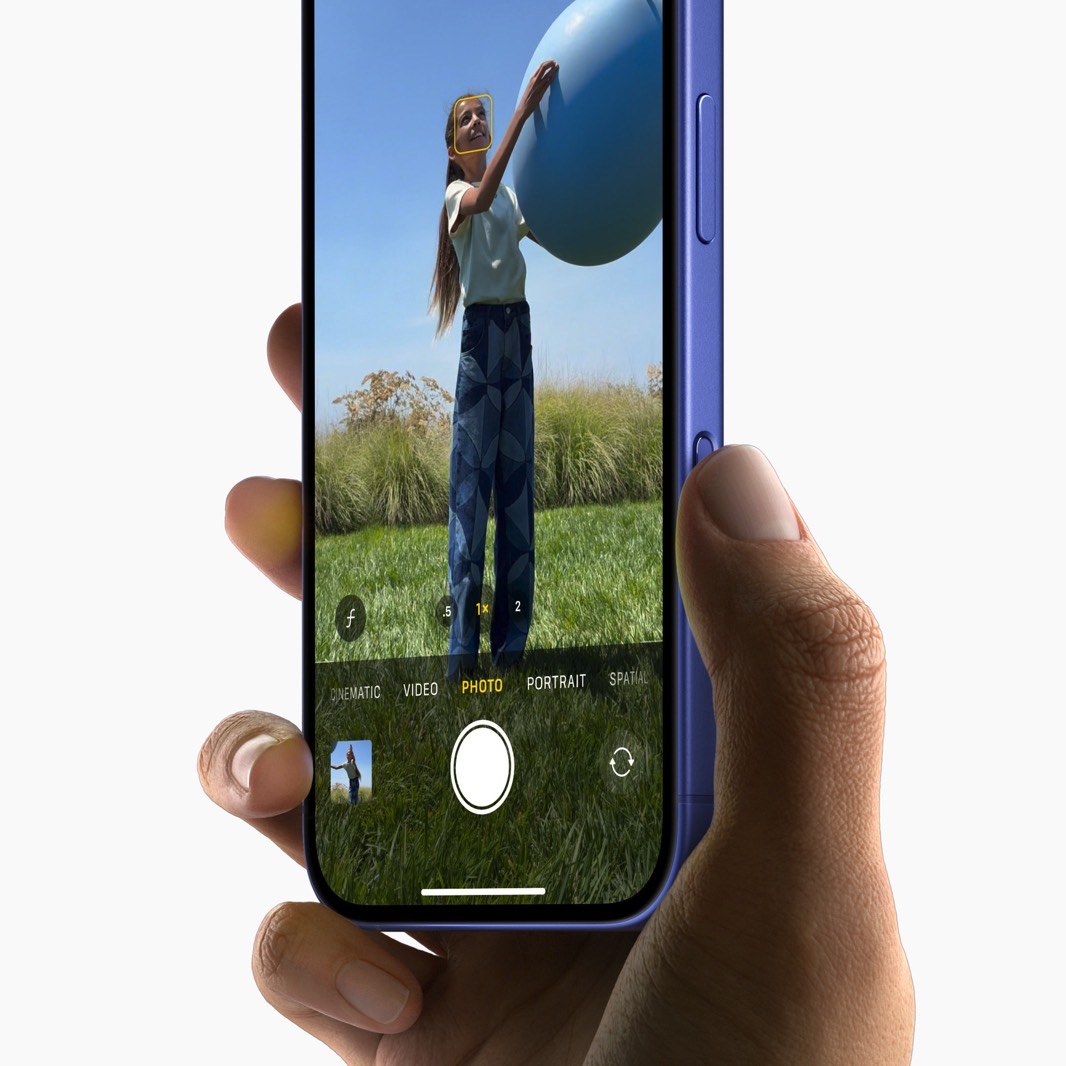
Mann also found some issues with the Camera Control button. There will be scenarios where you might accidentally tap the Camera Control and enter the camera settings, or you might end up ruining the zooming and exposure settings that you’ve just set. It’ll take some time to get used to how you touch the Camera Control.
But the iPhone 16 will also have new settings to help you tweak it. For example, going to Settings, Camera, and Camera Control you can toggle a Clean Preview mode that removes all the camera UI elements when pressing the button.
More interesting to me are the options in Settings, Accessibility, and Camera Control. Here, you can toggle on/off the entire button, adjust the pressure needed to activate the button and toggle on/off the Show Adjustments feature. The latter will let you use Camera Control solely for taking photos, eliminating accidentally moving to other camera settings available from the button.
Finally, Mann’s review explains that the Camera Control button launches the iPhone 16’s Camera app. However, you can change it to Halide and other camera apps that support the button.
The main point of this iPhone 16 camera review isn’t the Camera Control button. It’s showing off the new camera features of the iPhone 16 Pro phones. And Mann excels at that. Yes, the Camera Control is part of that, but you don’t have to use it to get great shots.
Mann explores all the camera novelties, including the 48-megapixel ultra-wide camera, the new 4K 120 video recording mode, the big audio improvements for video, and the new Photographic Styles. The latter is easily a highlight, and I say that as someone who currently doesn’t use the feature. The iPhone 16 brings a big update to Photographic Styles, making it a good alternative for shooting ProRaw.
You’ll have to check Mann’s full iPhone 16 review at this link to explore all the photo and video samples the photographer took while in Kenya. He explains how he shot each picture so it’d be easy to apply the same steps to take similar photographs.
Also interesting is the 22-minute video review below, featuring many iPhone 16 video samples.

